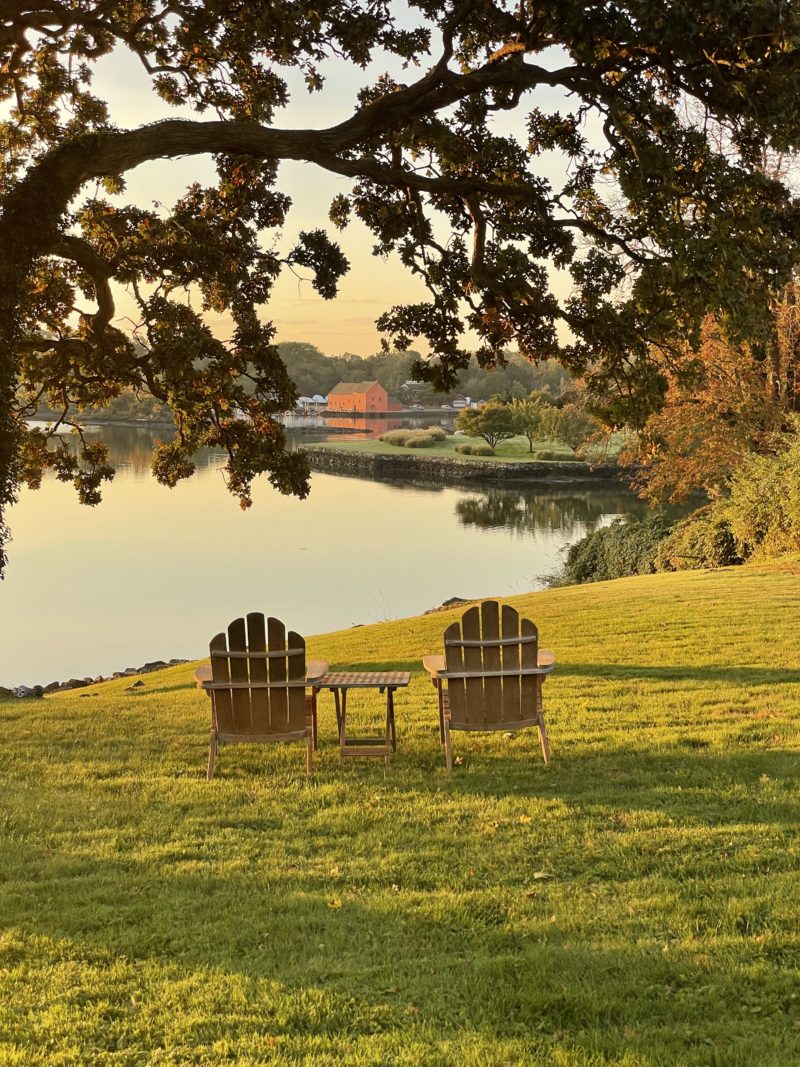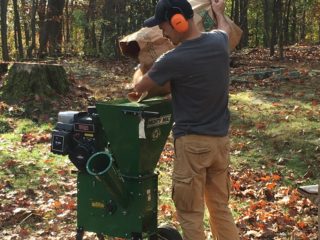Have you been toying with the idea of switching to natural landscaping but think it’s too late this year? It’s not! Fall is the perfect season to make the transition and have your yard ready in the spring that’s healthy and beautiful for all.
What is Natural Landscaping? Why Fall?
As it sounds, natural landscaping involves caring for your outdoor space using techniques that are free from harmful toxins. Natural landscaping includes gardening practices that are suited to the area where you live and incorporate native plants, flowers, and trees into your yard. Yard maintenance employs the minimum use of artificial and chemical treatments in favor of natural products and techniques.
Fall is an ideal time to begin your transition to natural landscaping. There are natural gardening methods that you can employ only in the fall that will help prep your yard for a naturally landscaped spring and summer. As Dr. Kris Nichols, chief scientist at the Rodale Institute, explains, “Even when we think of our soils as frozen and dead, there’s still a living component to that.”
Toss the Toxic Pesticides and Fertilizers
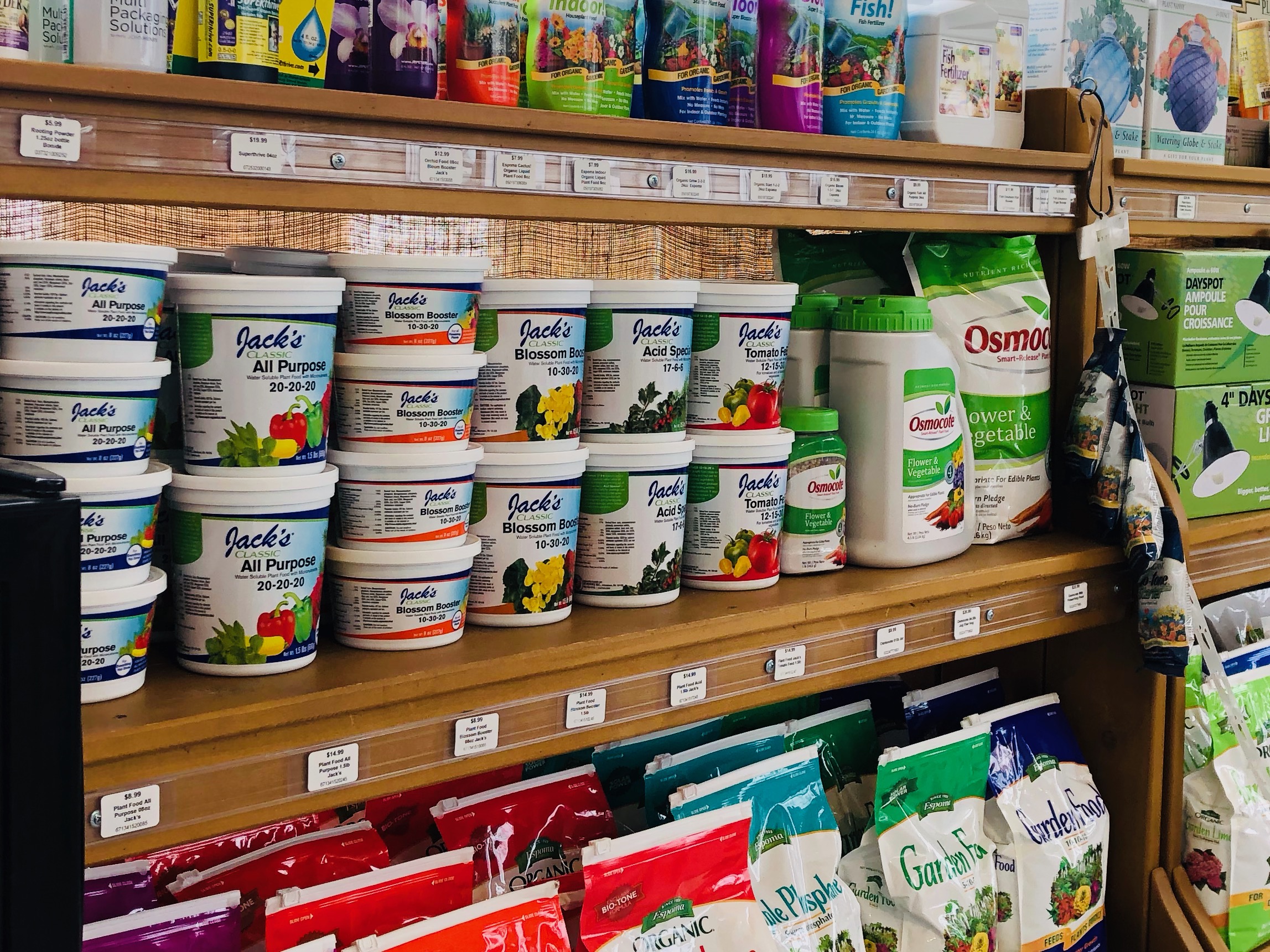
The first step in transitioning to natural landscaping is to change your mindset about how to achieve a beautiful yard. Contrary to what we’ve been conditioned to believe, there’s no need to use chemical pesticides and synthetic fertilizers to make your outdoor space perfect for you and the environment. Incredibly, homeowners unnecessarily use up to 10 times more pesticide per acre than farmers do.
Natural alternatives are readily available and relatively inexpensive. Employing natural landscaping techniques will also reduce the need to rely on any purchased products.
For an in-depth look into natural pesticides and fertilizers, see Green That Life’s posts on Natural Pesticides and Natural Fertilizers for a Beautiful and Healthy Yard.
Let Your Yard Breathe: Aeration
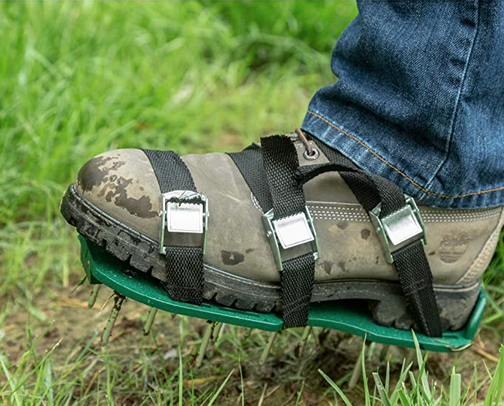
A natural way to improve the condition of your soil is through aeration, a fairly simple process of punching holes in your lawn to allow it to “breathe.” Aeration promotes healthy root growth by breaking apart compacted soil, allowing water and nutrients to penetrate the soil.
Depending on the size of your yard, you can make it a DIY workout by strapping on some spiked sandals, like the Punchau lawn aerator, or using a coring aerator, such as the Yard Butler. For larger jobs that require core aeration, consider hiring a professional lawn care service or renting core aeration equipment.
Don’t Stop Be-Leafing in Your Leaves
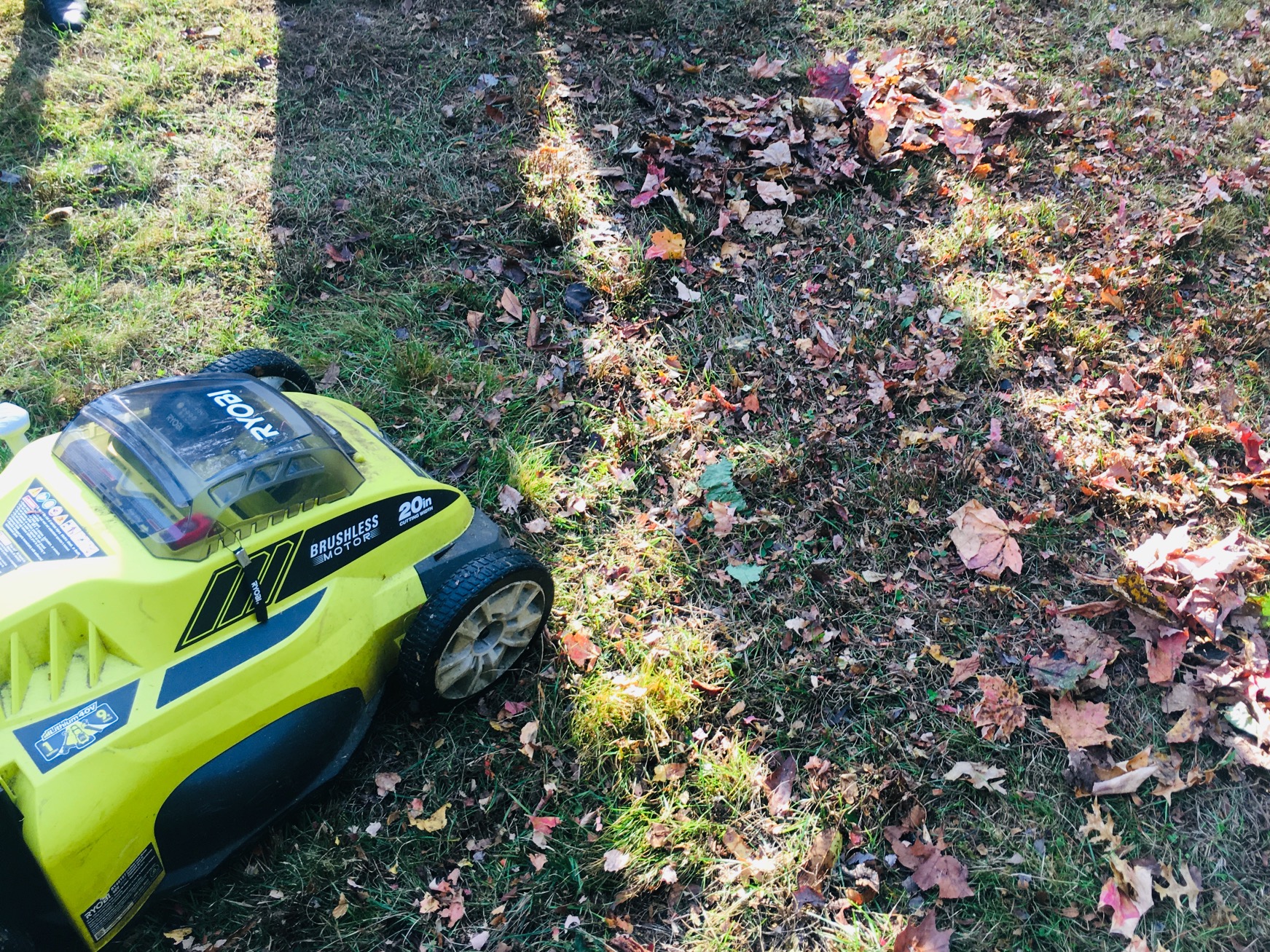
Are you sick of a tranquil fall morning being interrupted by the incessant roar of leaf blowers? The noise pollution is bad enough, but gas-powered leaf blowers are also a significant source of air pollution.
The good news is that there’s a natural landscaping solution: leave leaves in place. By following a few simple steps to shred, spread, and leave your leaves on your lawn or on garden beds and plantings, you’ll be rewarded with inexpensive, natural fertilizer for a beautiful spring yard. Any excess or wet leaves can be added to a compost pile.
For a complete guide on how to use leaf litter to fertilize your yard, see Green That Life’s Leaf Mulching: 4 Easy Steps for a Green and Healthy Yard.
Native is Best
In deciding what plant selections to choose for a beautiful yard next spring and summer, choose ones that are native to your region. Native species are generally hardier and have adapted to withstand diseases and pests of the region in which they grow. That means less maintenance and less reliance on synthetic chemicals.
Which plants are right (or not right) for your home? Check out Audubon’s Native Plant Database. Just plug in your zip code to find the best plants for your area. The US Department of Agriculture lists some plants by region that you should avoid.
Be Good to Your Dirt
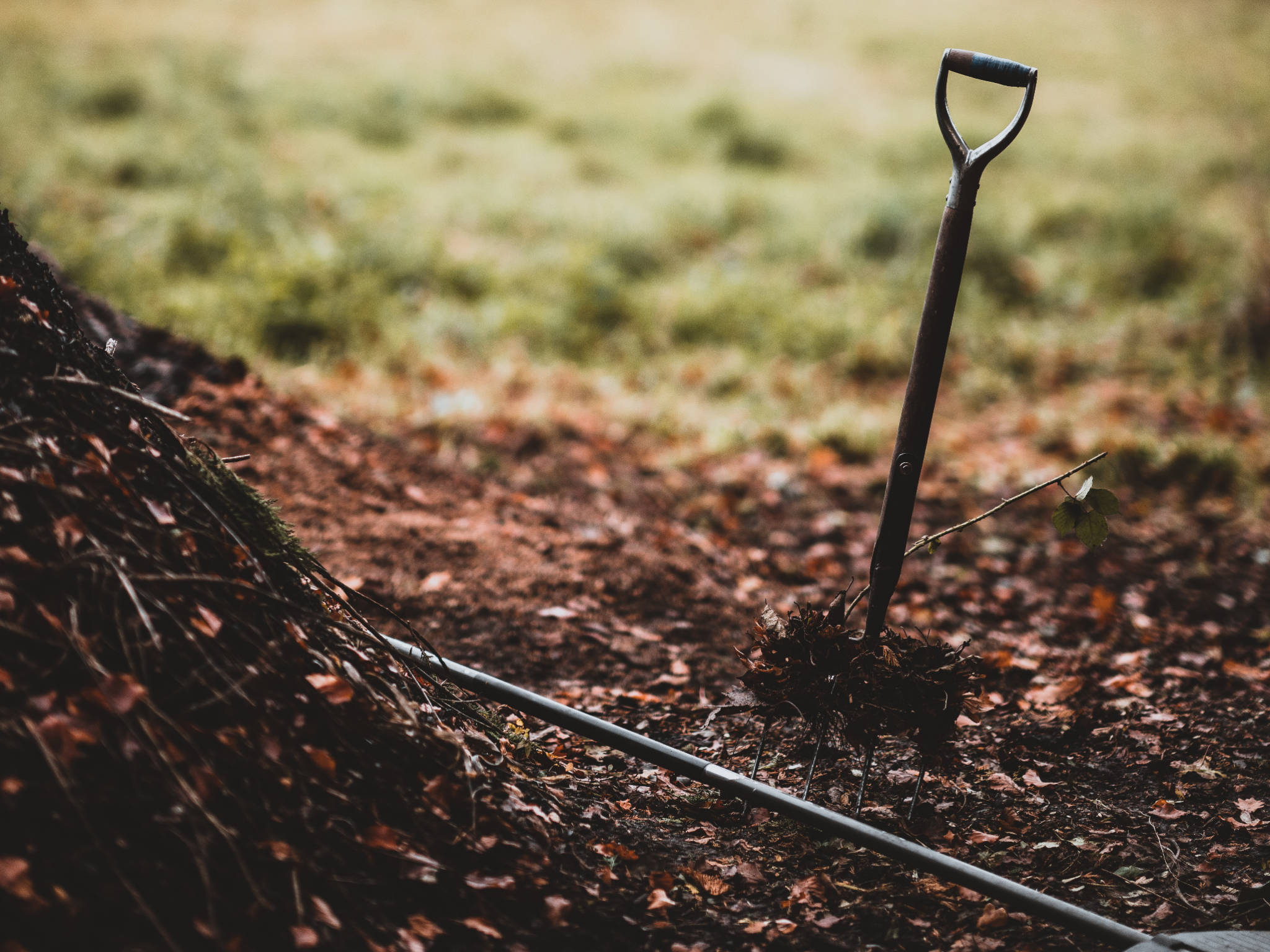
In making the transition to natural landscaping for your yard, one of the most important considerations is your dirt.
While spring is typically the time for testing and treating soil, you can get ahead of the game by using the early fall season to nourish and prepare your soil. The additional months will allow for a gradual and consistent release of nutrients into the soil that wouldn’t be possible with comparatively rushed spring treatment.
Adding soil amendments, such as compost or other organic matter, to improve the quality of your soil is a natural way to achieve a beautiful lawn and yard. You can make your own compost or purchase naturally made soil amendments.
These organic brands offer natural compost, fertilizer, and soil amendments. In general, look for organic slow-release fertilizers for gradual absorption:
Test Your Soil First Before Any Applications
Before treating your lawn, test your soil. It’s easy to do and will ensure that you are providing it with the correct mix of nutrients. There are many DIY soil testing kits, such as Luster Leaf 1601 Rapitest Kit, or the extension office of most state universities that provide accurate and affordable soil testing.
Dead Plants Provide Life For Your Yard
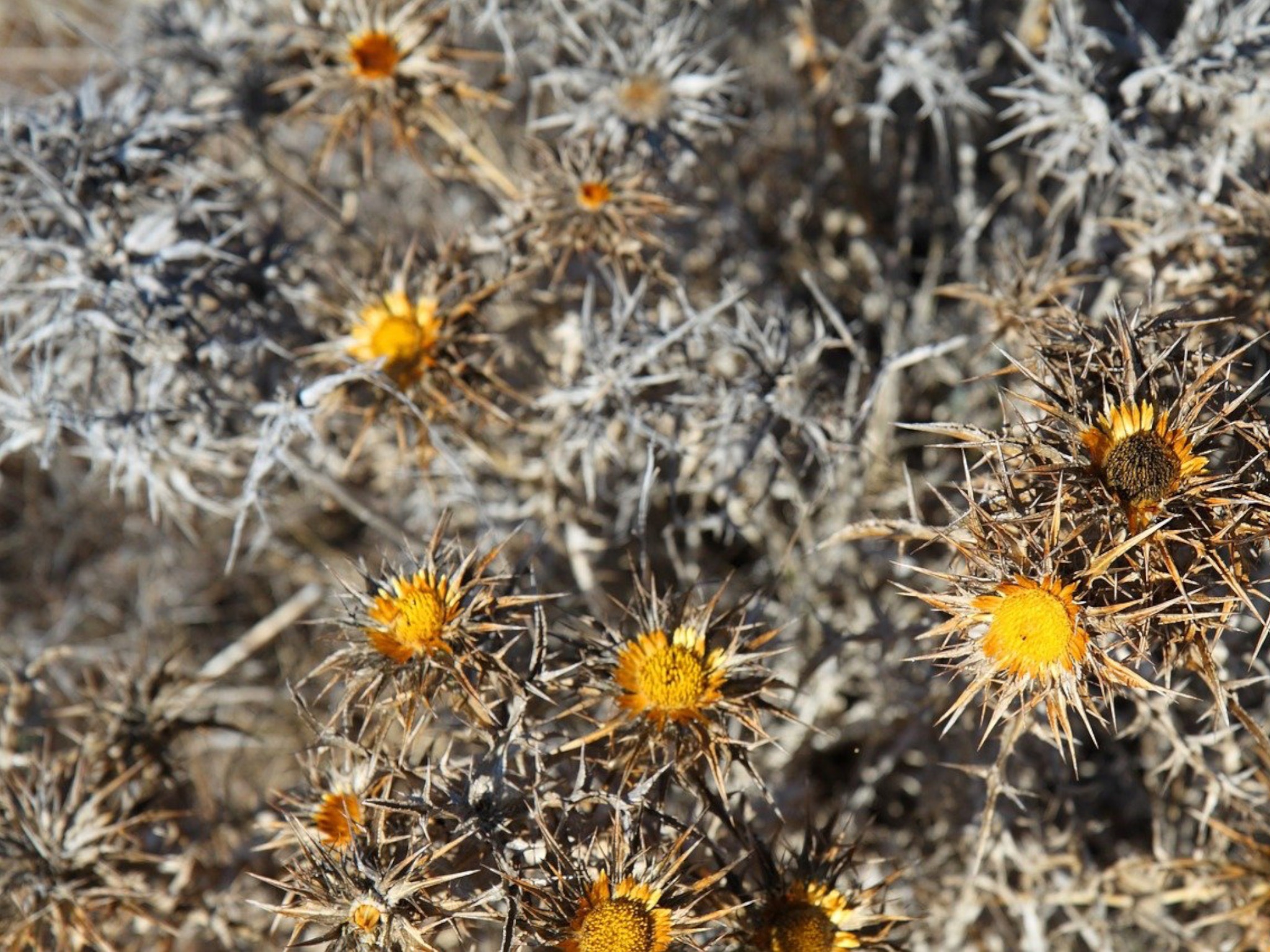
Instead of automatically cutting back plants and shrubs, leave them as-is for soil protection and to protect the habitats of overwintering wildlife. The stems of dead plants provide shelter for small wildlife and beneficial insects, and letting your plants go to seed will provide food for birds and allow perennial plants to spread.
Remove any diseased or moldy plants and shrubs, but in general, you can leave most perennials as they are and trim back in the spring if needed.
Overseed Your Lawn
Smother those pesky weeds this fall by overseeding your lawn, particularly in bare patches. More importantly, ensure that you’re seeding your lawn with a grass variety that’s appropriate for your region and more inclined to be naturally resistant to pests and weeds.
To determine the appropriate grass seed, check with online grass seed companies, such as Nature’s Seed, that carry a selection of seeds by region, or with a local organic nursery.
Reduce Lawn Size
Grass lawns are very demanding! They require maintenance, chemical applications, and inordinate quantities of water to keep them looking green. That’s a lot of time and money spent on a part of your yard that could be reduced to benefit you and the environment.
This fall, consider decreasing the size of your lawn by staking out grassy areas now for a crop of native plantings, a pollinator or vegetable garden, or even a tapestry lawn. Another way to break up the swath of lawn is to plant trees for shade and to assist with stormwater runoff.
All of these natural additions will add variety and beauty to your yard that an artificially manicured grass lawn can’t match — and it will be one that’s healthy for you and the environment.
Prep for Spring
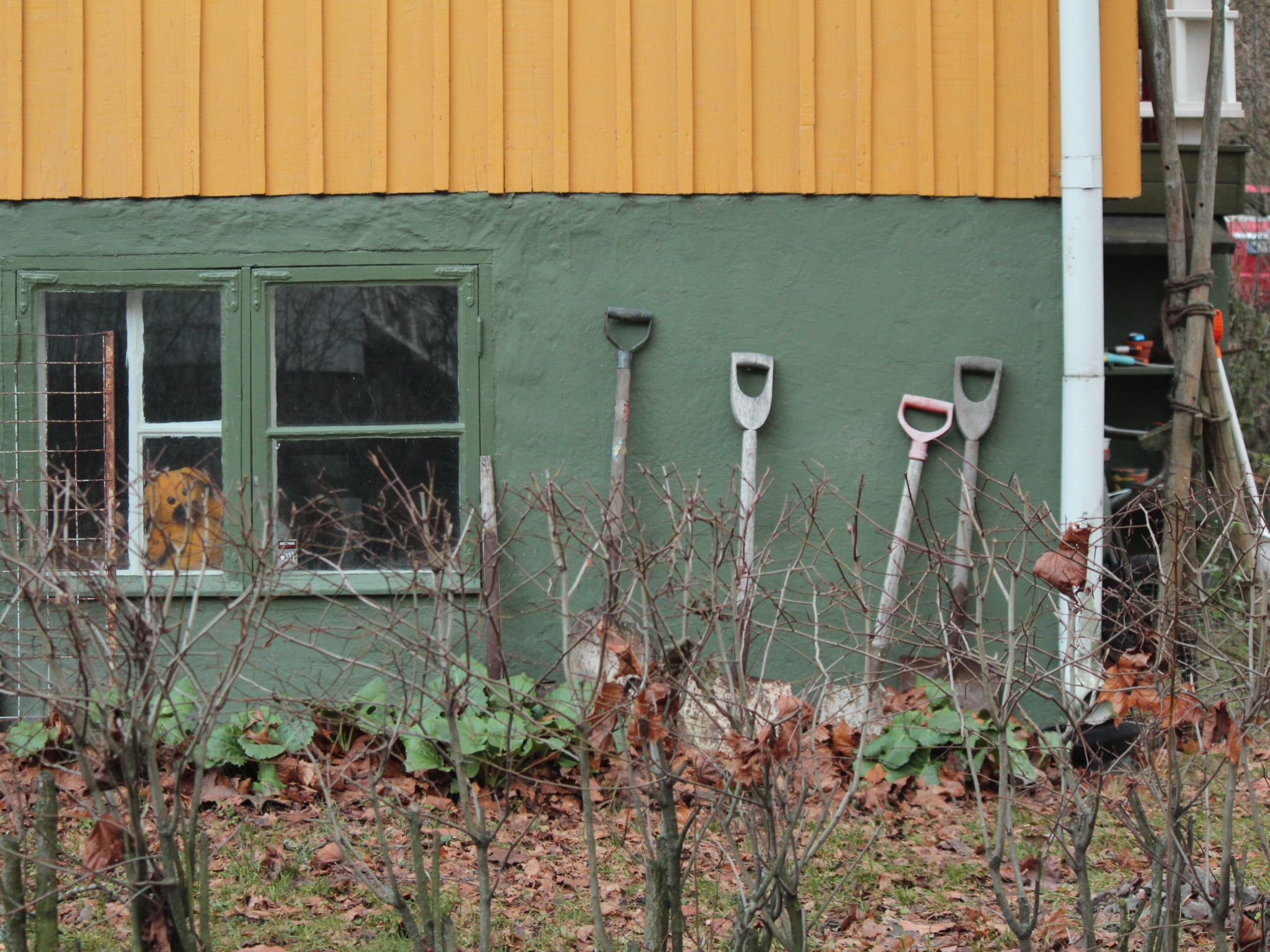
Now that you’ve prepped your yard for the spring, take stock of your gardening tools and supplies, ensuring that they’re organized, cleaned, and properly stored for the winter. Invest in good quality equipment that will last for years. I like Fiskars brand, but ask your local nursery for brand suggestions.

